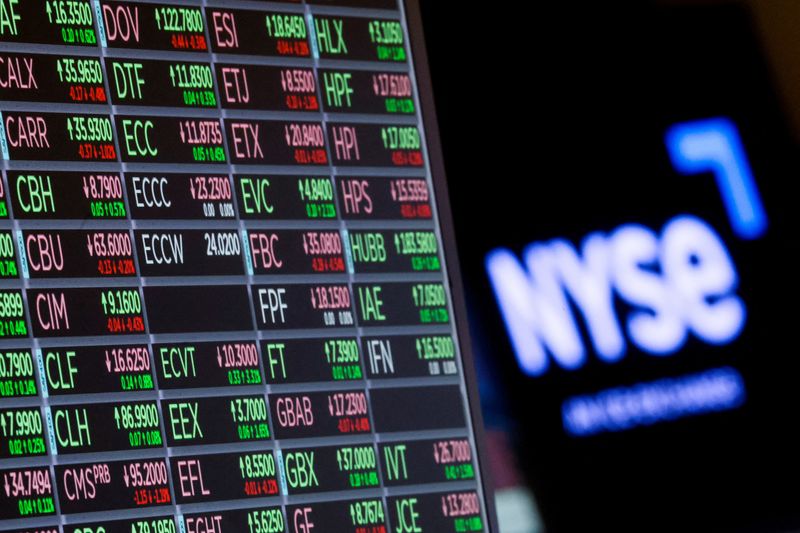Investing.com -- Shares in HP Inc (NYSE:HPQ) saw its shares rise sharply at the market open Thursday after the firm reported higher-than-expected second-quarter sales and adjusted earnings per share and noted signs of green shoots in demand for personal computers (PCs).
The company posted quarterly net revenue of $12.8 billion -- a slight decrease of 0.8% compared to the year-ago period, but ahead of Wall Street forecasts of $12.59 billion. Adjusted earnings per share (EPS) came in at $0.82, versus expectations of $0.81.
Revenue at HP Inc's Personal Systems (PS) unit, which houses its key desktop and note personal computing (PC) products, jumped by 3.1% to $8.43 billion, surpassing estimates of $8.28 billion. The result also helped offset weakness at its Printing segment that analysts at Goldman Sachs (NYSE:GS) linked to a soft Chinese market and increased competition.
Chief Executive Enrique Lores said: "As the market recovers and new [artificial intelligence] PCs are introduced, we are well positioned to drive profitable growth across our business."
HPQ shares soared over 12% after the opening bell.
The Goldman Sachs analysts predicted that while AI PCs will likely not be a "material contributor" to HP Inc's full-year 2024 returns, they are set to drive a "5-10 percentage point" uptick in average selling prices "over time."
Elsewhere, analysts at TD Cowen raised their target price on HPQ from $30 to $32, citing "encouraging" growth in the company's PS division, driven by "new AI PCs and the broader Win 11 refresh cycle."
"Despite still soft demand in Printing healthy margins are enabling the unchanged 3.3B FY24 FCF target and capital return plans. AI PC price premium of 5-10% also a positive," they added.
Looking ahead, HP Inc projected adjusted per-share income in the range of $0.78 to $0.92 for the third quarter. For the full year, the company anticipates adjusted EPS of $3.30 to $3.60, slightly narrowing the scope of its previous forecast of $3.25 to $3.65. The outlook for free cash flow was left unchanged at $3.1 billion to $3.6 billion.
Oliver Gray contributed to this report.
